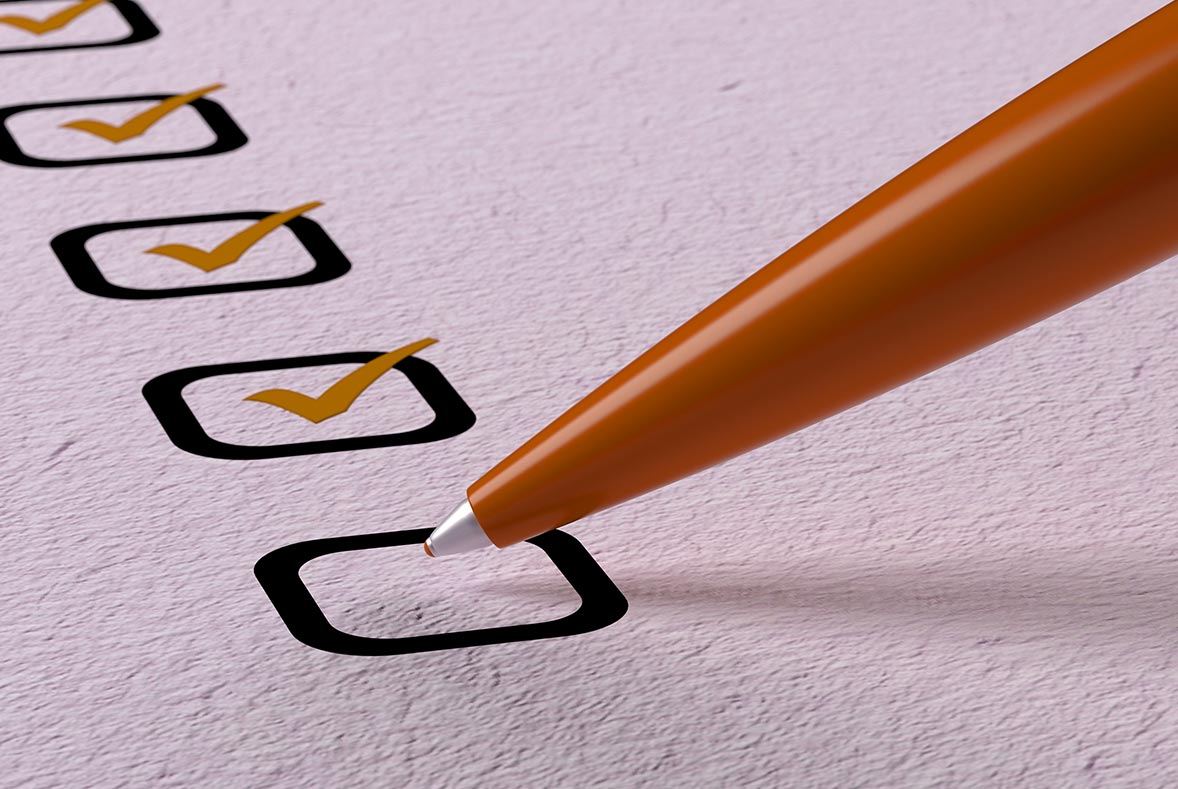Towing, Trailer Maintenance
The Trailer Checklist
The contractor hauling his equipment to the project site, the commercial carrier delivering product, and the vacationer towing their camper are all examples of trailers on the road. It is critical to check the trailer for road readiness if it has been parked or stored for more than a few weeks or longer, regardless of the type of trailer being pulled. To help assure your safety and the safety of others using the road, below is a Trailer Inspection Checklist, Trailer Maintenance Schedule, and Suggested Trailer Inspection Service Summary.
Examining the Trailer
- The trailer should be square and straight in appearance.
- All of the locks, hinges, and pins are secure.
- Check for cuts, bulges, worn treads, and steel belts on the tires.
- Tires should be inflated to the pounds of pressure specified on the tire.
- Check that your brakes are in good working order and that they have been adjusted for your loaded weight.
- Check to see if the ball is the right size for your trailer.
- When attached, make sure the trailer is level.
- Can you cross the safety chains to eliminate any droop that might snag on something?
- Check the running lights, brake lights, and turn signals after plugging in the electrical system.
Every Time You Leave the House
- Look for cracks in the hitch and signs of wear on the bolts.
- Make certain that any cargo is securely anchored.
- Make sure the ball is firmly in place.
- Check the brakes, running lights, directionals, tire pressure, and chains, as well as the electrical system.
When traveling, bring the following items: insurance card
Registrations are required for both the car and the trailer.
Wherever necessary, a current inspection is performed.
